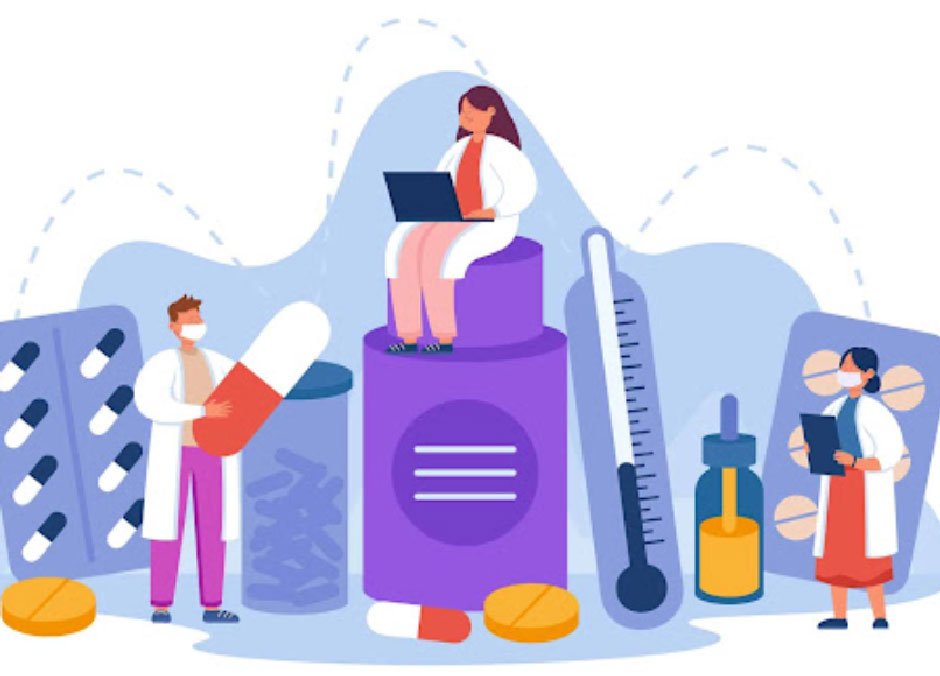Skip to the good bit
ToggleHealthcare depends on efficiency, both in the physical transportation of medical supplies, patients, and professionals and in the broader delivery of medical services to those who need them. Traditional methods often fall short, leading to delays, increased costs, and limited access to care. Technology is transforming all routes of healthcare delivery—both in the literal sense of optimizing transportation and in the broader sense of bringing medical care directly to people’s homes through telehealth and home healthcare. Advanced routing systems ensure that ambulances, non-emergency medical transport, and supply deliveries reach their destinations faster, while telehealth and remote monitoring allow patients to receive care without leaving their homes. This shift is not just about convenience—it is about making healthcare more accessible, responsive, and efficient for everyone.
The Role of Route Optimization in Healthcare
In any healthcare system, time is a critical factor. Ambulances must respond to emergencies without delay, non-emergency medical transport (NEMT) services need to run efficiently to avoid patient no-shows, and hospitals rely on timely deliveries of medicine and equipment. When transportation is poorly planned, patients suffer, costs rise, and healthcare workers face unnecessary challenges.
Modern technology allows for real-time adjustments, ensuring that the most efficient routes are taken, reducing travel time, and preventing bottlenecks in medical logistics. GPS tracking, artificial intelligence, and cloud-based communication now allow hospitals and transport services to coordinate routes dynamically rather than relying on static schedules. As a result, ambulances can avoid congested areas, supply chains can operate more predictably, and patient transport can become more accessible and reliable.
How Technology is Transforming Healthcare Logistics
One of the most significant advancements in recent years has been the ability to analyze and predict the most efficient routes. In some cases, using artificial intelligence. Instead of relying on outdated maps or general traffic reports, modern software can factor in real-time traffic patterns, weather conditions, and even past route efficiency to make smart decisions on the fly. This means fewer delays and a greater ability to adapt to unexpected situations.
Another major shift has come with real-time tracking and telematics, which allow dispatchers to monitor vehicle locations, vehicle performance, and even the condition of medical supplies in transit. Temperature-sensitive items such as vaccines require strict storage conditions, and modern telematics can alert transport teams if conditions become unsafe. These technologies reduce waste, ensure patient safety, and improve the reliability of patient care services.
For instance, when it comes to NEMT, cloud-based NEMT software, like RouteGenie, have also played a key role in improving efficiency. Instead of working with fragmented communication channels, hospitals, brokers, dispatchers, and transport providers can now access a centralized platform. From there, they can coordinate schedules, update route plans, and share critical information instantly. This level of connectivity ensures that patients are picked up on time, medical teams can anticipate supply arrivals, and last-minute route adjustments can be made seamlessly.
For medical transport teams, mobile technology has become essential. Drivers and healthcare professionals can now receive instant updates on route changes, emergency requests, and patient conditions. At the same time, patients who rely on non-emergency transport services can track their rides, reducing frustration and ensuring they arrive at appointments as planned.
Bringing Healthcare Closer Through Telehealth
Technology is not only improving physical healthcare logistics but also bringing medical services closer to people through telehealth. Virtual consultations allow patients to receive medical advice, diagnoses, and even prescriptions without leaving their homes. This reduces the need for unnecessary travel, particularly for those in rural or underserved areas where healthcare facilities may be scarce. With advancements in video conferencing, remote monitoring, and AI-driven diagnostics, telehealth ensures that patients can access medical professionals quickly and efficiently. By reducing hospital visits for minor concerns and follow-ups, telehealth also helps free up resources for more urgent cases.
Enhancing Home Healthcare with Smart Technology
In addition to virtual consultations, home healthcare is becoming more effective and accessible thanks to technology. Remote patient monitoring devices can track vital signs like heart rate, oxygen levels, and blood pressure in real time, sending alerts to healthcare providers when intervention is needed. Smart medication dispensers help ensure that patients take their prescriptions correctly, reducing complications from missed or incorrect doses. Additionally, EVV-compliant mobile healthcare services, supported by optimized routing and scheduling systems, allow nurses and caregivers to visit patients at home more efficiently. By integrating these technologies, home healthcare is not just more convenient but also safer and more responsive to patient needs.
Overcoming Challenges in Implementing New Technologies
Despite these advancements, adopting new technology is not without its challenges. Healthcare providers must carefully select tools that integrate smoothly with existing systems, ensuring that scheduling platforms, electronic health records (EHRs), and dispatch centers remain interconnected. Staff training is also crucial—drivers, dispatchers, and medical personnel need to understand how to use these technologies effectively to maximize their benefits.
Additionally, data security and compliance must remain a priority. Care delivery involves sensitive patient information, and any digital system must meet strict regulatory standards such as HIPAA to ensure privacy and confidentiality. A well-implemented system not only improves efficiency but also guarantees that patient data remains secure.
Looking Ahead: The Future of Healthcare Transportation
Technology continues to evolve, and the future of healthcare transportation looks even more advanced. Autonomous vehicles could one day be used for medical transport, reducing the need for human drivers and minimizing delays caused by human error. Drones are already being tested for the delivery of critical medical supplies, especially in remote or disaster-affected areas. Meanwhile, blockchain technology is emerging as a potential tool for improving transparency and security in medical supply chains.
As healthcare providers continue to integrate these new technologies, the focus remains on improving patient outcomes, reducing costs, and ensuring that every aspect of medical transport operates with greater precision and reliability. The future of healthcare is not just about better treatments—it’s about making sure those treatments reach the people who need them as efficiently as possible.







